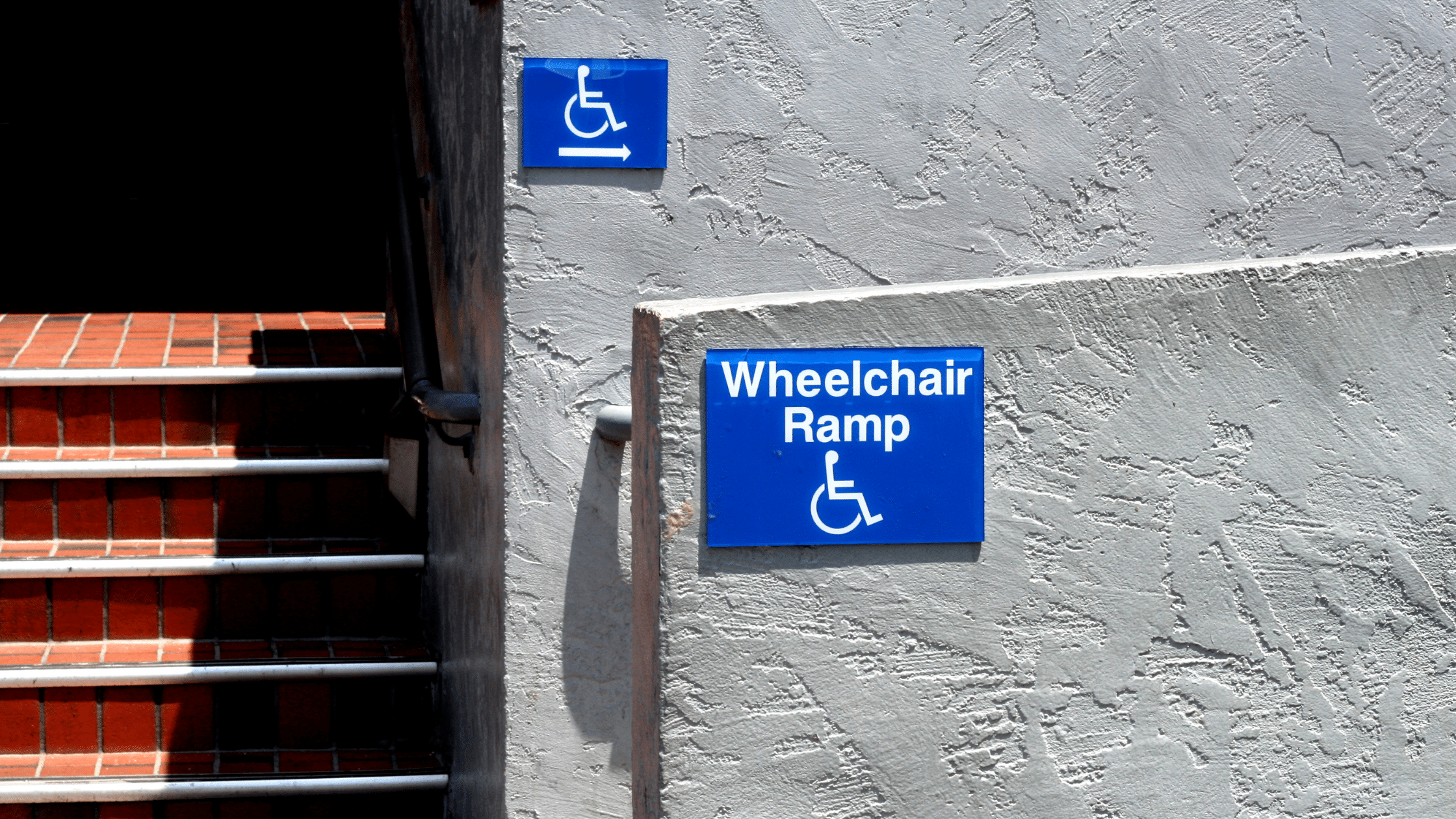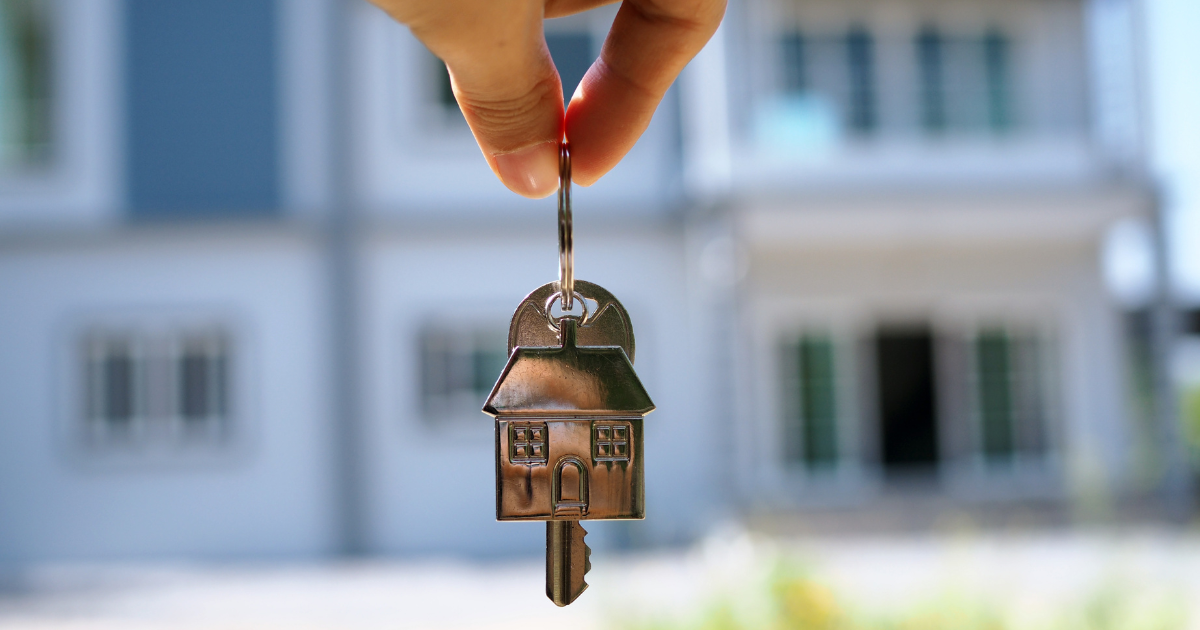Wife Not Responsible For Spouse’s Inaccuracies In Disclosure
In order to protect homebuyers from “seller fraud”, the Pennsylvania General Assembly enacted the Real Estate Seller Disclosure Law (RESDL). At its...
6 min read
Natalie Klyashtorny : Jul 15, 2021 9:00:00 AM

The Covid-19 Pandemic has changed our world as we know it. One of the most significant changes has been the prevalence of remote work, a trend that many agree will become a permanent part of our lives long after the pandemic has (hopefully) ended.
The acceptance of remote work and the increased concern for safety and privacy as a result of the pandemic has been a boon for the short-term rental industry. With many people now having the flexibility to work while spending months at a time away from their primary residence, expect the short-term rental industry to continue growing.
This article will discuss the potential obligations of operators of short-term rental facilities under the Americans With Disabilities Act (ADA) and the potential impact on landlords who lease to those operators. Any landlord who leases a building or part of a building to an operator of a short-term rental facility needs to be familiar with the ADA accessibility requirements, especially for older buildings that were built prior to the ADA’s enactment.
Title III of the ADA prohibits discrimination on the basis of disability in activities or places of public accommodation and requires newly constructed or altered places of public accommodation—as well as commercial facilities—to comply with the ADA Standards (1).
Importantly for landlords, the ADA regulations hold the landlord who owns a building that houses a place of public accommodation and the tenant who leases the building and operates a place of public accommodation equally responsible for complying with the ADA (2). However, “allocation of responsibility for complying with the obligations … may be determined by lease or other contract.”(3) As such, leases with operators of short-term rental facilities must be drafted with the ADA requirements in mind.
The initial question is whether a short-term rental would be considered a “place of public accommodation.” The Code of Federal Regulations defines a “place of public accommodation” as a facility operated by a private entity whose operations affect commerce and fall within at least one of twelve categories.”(4) One of the twelve categories is a “place of lodging” which is defined as:
An inn, hotel, or motel; or
A facility that –
As such, if the short-term rental provides “guest rooms for sleeping” for short-term stays where the occupant does not have the right to return after the conclusion of his or her stay and offers hotel-like conditions or amenities such as the ones described above, it could qualify as a “place of public accommodation” to which the ADA applies.
The regulation does provide an exception for “an establishment located within a facility that contains not more than five rooms for rent or hire and that actually is occupied by the proprietor of the establishment as the residence of the proprietor.” Thus, a short-term rental is not required to be ADA compliant if it does not contain more than five rooms for rent and is occupied by the owner of the establishment as his residence. If the short-term rental is not owner-occupied or there are more than five rooms, the aforementioned analysis must be applied to determine if the short-term rental would be considered a place of lodging subject to the ADA.
The ADA requirement to make the facility accessible is dependent upon whether the short-term rental is located within a new construction or an existing facility. A new construction must be ADA-accessible. An existing building is required to remove architectural barriers, including communication barriers that are structural in nature, where such removal is readily achievable, i.e., easily accomplishable and able to be carried out without much difficulty or expense (6).
Section 36.304(b) provides examples of steps to remove barriers which include, but are not limited to, the following actions:
Furthermore, under the ADA Accessibility Standards issued by the Department of Justice and the Department of Transportation, the requirement of accessibility applied to new construction is triggered whenever there is an “addition” or “alteration” to an existing building. An “addition” is defined as “[a]n expansion, extension, or increase in the gross floor area or height of a building or facility.”(8)
An “alteration” is defined as “[a] change to a building or facility that affects or could affect the usability of the building or facility or portion thereof.”(9) The definition of alteration is broad and could potentially include remodeling, renovation, rehabilitation, reconstruction, historic restoration, resurfacing of circulation paths or vehicular ways, changes or rearrangement of the structural parts or elements, and changes or rearrangement in the plan configuration of walls and full-height partitions. Where compliance with applicable requirements is technically infeasible, the alteration shall comply with the requirements to the maximum extent feasible. Normal maintenance, reroofing, painting or wallpapering, or changes to mechanical and electrical systems are not alterations unless they affect the usability of the building or facility.
In addition to potential structural modifications, Section 36.302(e)(1) requires a public accommodation that owns, leases (or leases to), or operates a place of lodging to (i) modify its policies, practices, or procedures to ensure that individuals with disabilities can make reservations for accessible guest rooms in the same manner as individuals who do not need accessible rooms and to identify and (ii) describe the accessible features in the hotels and guest rooms offered through its reservations service in enough detail to reasonably permit individuals with disabilities to assess independently whether a given hotel or guest room meets his or her accessibility needs.
Additionally, Section 36.302(e)(1)(iii) requires a public accommodation to ensure that accessible guest rooms are held for use by individuals with disabilities until all other guest rooms of that type have been rented and the accessible room requested is the only remaining room of that type and to guarantee specific accessible guest rooms that are reserved through a reservations service to the same extent that it guarantees rooms that are not accessible.
When a public accommodation does guarantee room reservations, it must provide the same guarantee for accessible guest rooms as it makes for other rooms, except that it must apply that guarantee to the specific room reserved and blocked, even if in other situations, its guarantee policy only guarantees that a room of a specific type will be available at the guaranteed price (10).
Taking into account these requirements, a lease between a landlord and the operator of a short-term rental facility that could qualify as a place of public accommodation must be carefully drafted to knowingly allocate responsibility for ADA compliance.
An attorney representing a landlord should seek the best terms possible to place responsibility upon the tenant-operator for removing architectural barriers and making the building otherwise accessible if the building has been, or will be, altered or expanded. Likewise, it would be important to include provisions in the lease, making the tenant-operator explicitly responsible for the contents of any advertisements of the short-term rental, including advertisement on social media and third-party platforms such as Travelocity, Airbnb, and Orbitz, and for making accessible rooms available to the disabled in a non-discriminatory manner.
Conversely, an attorney representing the tenant-operator should attempt to place as much responsibility upon the landlord for making structural repairs to remove architectural barriers and making the building otherwise accessible if the building has been, or will be, altered or expanded.
As people continue to utilize short-term rentals in greater numbers, we will inevitably see additional guidance from the courts as to the application of the ADA to such short-term rentals.
Notes
(1) 42 U.S. Code § 12182.
(2) See 28 CFR § 36.201(b).
(3) Id.
(4) 28 CFR § 36.104.
(5) Id.
(6) See 28 CFR § 36.304(a).
(7) Checklist for Readily Achievable Barrier Removal, Information and Technical Assistance on the Americans with Disabilities Act, available at https://www.ada.gov/checkweb.htm
(8) U.S. Dept. of Justice 2010 ADA Standards for Accessible Design, § 202.2, available at http://www.ada.gov/regs2010/2010ADAStandards/2010ADAStandards.pdf.
(9) Id. at §202.3
(10) 28 CFR § 36.302(e)(1)(v).
— Clementa Amazan, an associate attorney at Nochumson P.C., performed the legal research for this article.
Reprinted in courtesy of American Law Institute Continuing Legal Education. All rights reserved. Further duplication without permission is prohibited. For information, visit www.ali-cle.org/

In order to protect homebuyers from “seller fraud”, the Pennsylvania General Assembly enacted the Real Estate Seller Disclosure Law (RESDL). At its...

One of the most oppressive tools available to commercial lenders is what is called a warrant of attorney. Most commercial loan documents contain a...

This situation is all too common in my practice—individuals purchase a home and, afterward, they discover defects with the home that were not...